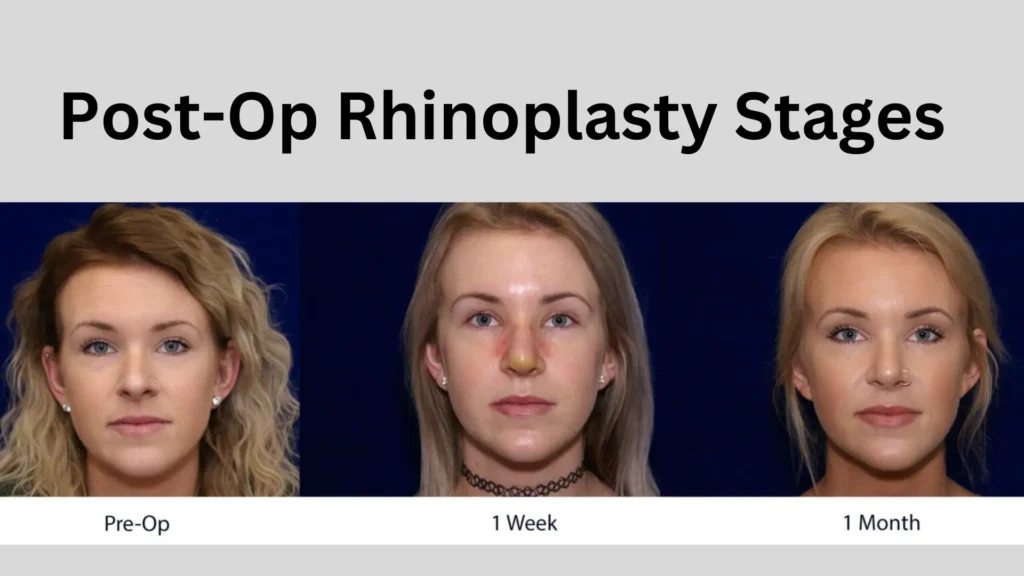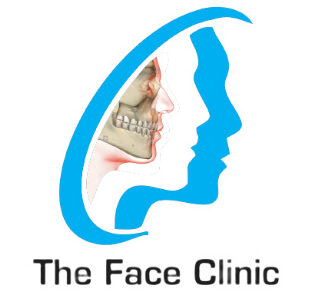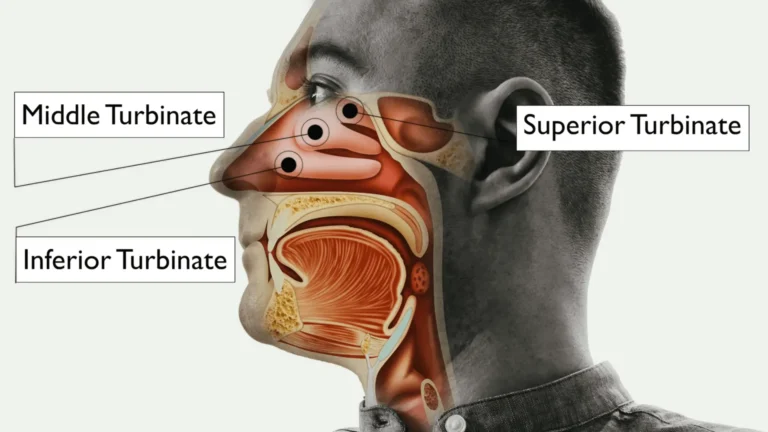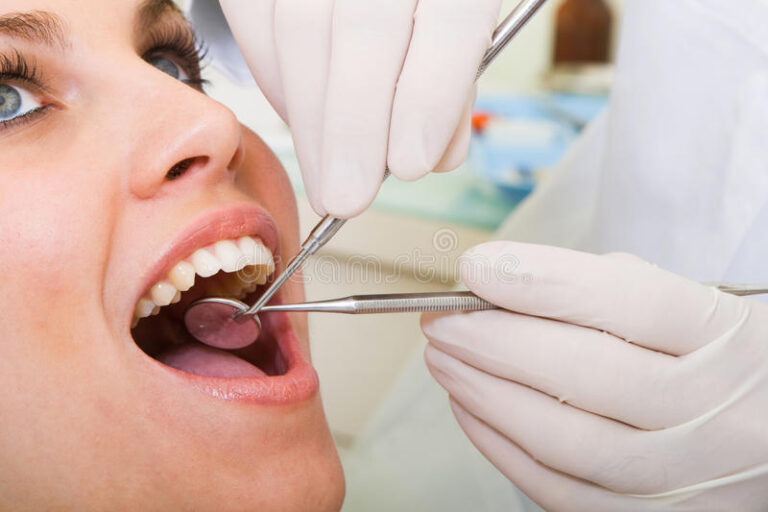Rhinoplasty swelling is an expected part of the recovery process and can take 12-18 months to fully resolve. Rhinoplasty is a highly sought-after surgical procedure designed to reshape the nose. This surgery can address various concerns, such as reducing dorsal humps, correcting asymmetries, refining bulbous tips, improving a hanging columella, and even enhancing breathing in some cases. Whether your goal is to enhance the appearance of the nasal tip or bridge or to improve functionality by correcting a deviated septum, nose job at right time can significantly boost quality of life by increasing confidence and improving nasal function.
Swelling is an expected part of the recovery process and can take 12-18 months to fully resolve. However, the most noticeable swelling diminishes well before your final results are visible. As post-operative swelling decreases, you’ll gradually begin to see the new shape of your nose. Most patients notice improvements within the first few weeks as the initial swelling subsides, but according to the American Society of Plastic Surgeons, it takes approximately one year for the new nasal contour to fully refine.
To prevent increased swelling and avoid complications such as infection, it is crucial to avoid strenuous activities like running or weight lifting until your surgeon advises it is safe to resume them. Typically, this break from vigorous exercise lasts about six weeks, but it can vary depending on the individual patient.
Returning to your usual exercise routine too soon after rhinoplasty can negatively affect the appearance and functionality of your results. It is essential to understand that taking a break and allowing your body to heal properly is well worth it for the beautiful, functional nose you are about to enjoy. Rest assured, the time spent resting and following post-operative instructions will pay off as you see the full benefits of your rhinoplasty.
Rhinoplasty Swelling : Stages After Nose Reshaping Surgery
Rhinoplasty, or nose reshaping surgery, involves a recovery period with noticeable swelling. Staging and healing of post-op nose job swelling is same in all types of noses in males and don’t differ in different nose shapes in females. Understanding the stages of swelling can help manage expectations and recovery effectively. Here’s a detailed timeline of what to expect:
First Week Post-Op
During the first few days post-rhinoplasty, expect significant swelling, tenderness, and discomfort. Difficulty breathing is common due to nasal swelling, but this will improve as the swelling subsides.
Tips for the First Week:
- Sleep Upright: Stack pillows and sleep in a nearly upright position to improve blood flow and reduce swelling. The Mayo Clinic recommends keeping your head elevated higher than your chest to minimize swelling and bleeding.
- Visible Swelling: Your nose will appear puffy, and you may have bruising around your eyes, cheeks, and lips. A week after surgery, your cast, splint, and stitches will be removed by your Facial Surgeon. Don’t be alarmed if your nose still looks swollen; it won’t resemble the final result yet.
Second Week Post-Op
By the second week, there is a noticeable reduction in swelling, even if it’s not immediately apparent to you. Many patients feel comfortable going out in public, often using concealer to cover any residual bruising.
Returning to Work:
- Patients with non-physically demanding jobs can typically return to work by the end of the second week.

Weeks 3-4 Post-Op
Swelling continues to decrease significantly by the 3-4 week mark. Most visible signs of the surgery, like bruising, should have faded by now.
Feeling the Changes:
- This is when patients begin to see their new nose shape emerge, though some swelling may still be noticeable, especially if you have thicker nasal skin.
2-3 Months Post-Op
At this stage, swelling fades further, gradually revealing your new nose. Your bone structure should stabilize, allowing you to resume more intense physical activities, like weight lifting and cardio.
Structural Stability:
- Consult with your doctor about resuming physical activities as your bone structure becomes strong and stable again.
4-6 Months Post-Op
By 4-6 months post-op, most swelling should have subsided, giving you a clearer sense of your final results. Numbness or tingling in your nose should no longer be an issue.
Final Refinements:
- According to NHS Nose Reshaping Guidelines, about 90% of swelling resolves by the 6-month mark, with the remaining 10% primarily in the tip of the nose.
12-18 Months Post-Op
After a year, the final results of your rhinoplasty should be evident. Minimal swelling may persist up to 18 months, but changes after the 12-month mark are subtle.
Settling Cartilage:
- By this time, repositioned and reshaped cartilage should have settled, and your nasal bridge and tip will be noticeably refined.
What Affects My Recovery After Rhinoplasty?
Several factors can influence the speed and quality of your recovery following a rhinoplasty. Understanding these can help you manage expectations and optimize your healing process:
- Extent of Surgery:
- The degree of manipulation of the nasal skin, bones, and cartilage significantly impacts recovery time. More extensive procedures typically require longer healing periods.
- Surgical Techniques:
- The specific techniques used during your rhinoplasty play a crucial role in your recovery. Advanced methods can minimize trauma and promote faster healing.
- Body’s Healing Process:
- Individual variations in the body’s natural healing process can affect recovery. Some people naturally heal faster than others due to genetic and physiological differences. Button nose, for instance, is observed to heal faster than Greek nose or Aquiline Nose
- Type of Procedure:
- The type of rhinoplasty you undergo—whether it’s a primary rhinoplasty, septorhinoplasty, or revision rhinoplasty—affects recovery. Revision procedures often involve more complexity and longer healing times.
- Skin Texture and Thickness:
- The texture and thickness of your skin influence how quickly swelling and bruising subside. Thicker skin may retain swelling longer than thinner skin.
- Rest and Recovery:
- Allowing yourself adequate rest and following post-operative care instructions is essential for optimal recovery. Rest helps reduce swelling and speeds up the healing process.
By considering these factors and adhering to your surgeon’s guidelines, you can enhance your recovery experience and achieve the best possible results from your rhinoplasty.
Nose Surgery Techniques That Can Reduce Swelling
Managing swelling after nose job is a crucial aspect of the recovery process. Proper techniques and care can significantly reduce post-operative swelling, enhancing comfort and speeding up the healing process. Two key methods that can help minimize swelling are nasal skin elevation and ice application. Let’s explore how these techniques contribute to a smoother recovery.
Nasal Skin Elevation
Nasal skin elevation is a technique used during rhinoplasty to minimize trauma and reduce post-operative swelling. By carefully lifting and repositioning the nasal skin, the surgeon can access the underlying structures of the nose more effectively. This precise approach allows for more accurate adjustments to the nasal bones and cartilage, leading to less overall tissue damage and reduced inflammation. Additionally, meticulous handling of the nasal skin during surgery helps to minimize the disruption of blood vessels and other tissues, promoting a faster and smoother recovery with less swelling.
Ice Application
Ice application is a simple yet highly effective method for reducing swelling after rhinoplasty. Applying ice packs to the nose and surrounding areas helps constrict blood vessels, reducing blood flow to the affected region and minimizing swelling. Here are some tips for proper ice application:
- Timing: Apply ice for 15-20 minutes at a time, several times a day, especially during the first 48 hours post-surgery.
- Protection: Always wrap the ice pack in a cloth or towel to avoid direct contact with the skin, which can cause frostbite or skin damage.
- Gentle Application: Place the ice pack gently on the nose and surrounding areas without applying pressure to avoid disturbing the surgical site.
- Consistency: Regular and consistent ice application during the initial recovery phase can significantly reduce swelling and discomfort.
By incorporating these techniques into your post-operative care routine, you can effectively manage and reduce swelling, leading to a more comfortable recovery and quicker realization of your final rhinoplasty results.
Signs and Symptoms of Complications After Rhinoplasty
As your surgeon, it’s important to be aware of potential complications following rhinoplasty. While some swelling and discomfort are normal, certain signs may indicate more serious issues that require immediate attention.
Residual Swelling
Residual swelling is expected and can persist for several months after rhinoplasty. However, if you notice that the swelling is not gradually decreasing or if it suddenly worsens, this may be a cause for concern. Persistent swelling that does not improve over time can indicate an infection or other complications. It’s essential to follow up with your surgeon if you have any doubts about your healing process.
Facial Swelling
Facial swelling, especially around the eyes, cheeks, and lips, is common after rhinoplasty. This swelling typically peaks within the first few days and should gradually subside. If facial swelling becomes excessively severe, extends beyond the expected timeframe, or is accompanied by intense pain, it may indicate a hematoma or infection. Keep in touch with your surgeon to ensure your recovery is on track and to address any unusual symptoms promptly.
Nasal Passages Obstruction
Obstruction of the nasal passages due to swelling is normal immediately after surgery and can cause difficulty breathing. This should improve as the swelling decreases. However, if you experience persistent nasal obstruction that does not improve or worsens over time, it could indicate internal nasal scarring or a septal hematoma. It’s crucial to report ongoing or worsening nasal blockage to your surgeon, as it may require medical intervention to prevent further complications.
Monitoring Your Recovery
Monitoring your recovery and staying in close contact with your healthcare provider are vital steps in ensuring a smooth healing process. If you experience any of the following symptoms, please contact your surgeon immediately:
- Excessive pain that does not respond to prescribed medication
- Unusual or foul-smelling discharge from the surgical site
- Fever or chills
- Significant changes in the color or temperature of your nose
Remember, while complications are rare, early detection and treatment are key to maintaining your health and achieving the best possible results from your rhinoplasty.
When Should I Worry About Swelling After Rhinoplasty?
Swelling is a normal part of the recovery process after rhinoplasty. However, there are certain situations where swelling can become a cause for concern and should be reported to your surgeon:
- Persistent Severe Swelling:
- If the swelling is severe and does not show any signs of improvement over time, it could indicate an underlying issue that needs medical attention.
- Significant Pain or Fever:
- Swelling accompanied by significant pain or a fever may be a sign of an infection or other complications. It’s important to contact your surgeon if you experience these symptoms.
- Unusual Discharge:
- If you notice any unusual or foul-smelling discharge coming from the treated area, this could be a sign of infection and should be reported to your surgeon immediately.
- Difficulty Breathing:
- Swelling that causes trouble breathing through your nose should not be ignored. Persistent nasal obstruction may indicate internal complications that require prompt evaluation and treatment.
If you experience any of these symptoms, please reach out to your surgeon as soon as possible to ensure proper care and a smooth recovery.
Why Is Day 3 After Surgery The Worst For Swelling?
The appearance of your nose immediately after surgery is actually closer to your final result than it is on the 2-3 days following the procedure. This is because the swelling hasn’t fully set in yet. After rhinoplasty, swelling tends to worsen before it improves, as inflammation is the body’s natural response to begin the healing process. This inflammation typically peaks around the third day after surgery, which is why you may experience the most discomfort at this time. Your surgeon may prescribe pain medications to help manage this discomfort and keep it to a minimum.
Promoting healing and relaxation after rhinoplasty is crucial for a smooth recovery and optimal results. Here are some detailed guidelines to help you through this process:
Follow All Post-Surgical Instructions
Your surgeon will provide specific post-surgical instructions tailored to your procedure and individual needs. Following these instructions diligently is essential for minimizing complications and promoting effective healing. This may include guidelines on cleaning the surgical site, taking prescribed medications, and attending follow-up appointments.
Avoid Specific Medications and Supplements
Certain medications and supplements can increase the risk of bleeding and interfere with healing. Avoid non-steroidal anti-inflammatory drugs (NSAIDs) like aspirin and ibuprofen, as well as supplements like vitamin E, garlic, ginseng, and gingko biloba, unless approved by your surgeon. Always consult with your healthcare provider before taking any new medication or supplement during your recovery.
Stop Smoking
Smoking can significantly impair your body’s ability to heal by reducing blood flow and oxygen to tissues. It also increases the risk of infection and other complications. If you smoke, it’s vital to quit at least a few weeks before and after your surgery to ensure the best possible healing outcomes.
Use Ice
Applying ice to the surgical area can help reduce swelling and discomfort. Use an ice pack wrapped in a cloth and apply it gently to your nose and surrounding areas for 15-20 minutes at a time, several times a day, especially during the first 48 hours post-surgery. Always follow your surgeon’s specific recommendations on ice application.
Elevate
Keeping your head elevated, especially during sleep, helps reduce swelling and promotes proper blood circulation. Use extra pillows or a wedge pillow to keep your head above the level of your heart. Avoid sleeping on your side or stomach to prevent pressure on your nose.
Hydrate
Staying well-hydrated is crucial for overall health and recovery. Drink plenty of water throughout the day to keep your body hydrated and support the healing process. Proper hydration can also help reduce swelling and flush out toxins from your body.

Keep a Positive Attitude
Maintaining a positive attitude and managing stress is beneficial for your recovery. Surround yourself with supportive friends and family, engage in relaxing activities, and practice mindfulness or meditation techniques. A positive mindset can significantly impact your body’s ability to heal and improve your overall recovery experience.
By adhering to these guidelines and closely following your surgeon’s advice, you can promote a smooth recovery and enjoy the best possible results from your rhinoplasty.
Recovery Immediately After the Procedure
Recovery immediately after rhinoplasty begins as soon as the surgery is completed and you are moved to the recovery area. During this initial phase, it’s normal to experience some discomfort, swelling, and bruising. Here’s what you can expect and how to manage it:
- Monitoring: Medical staff will closely monitor your vital signs and overall condition to ensure you are recovering well from the anesthesia.
- Pain Management: You may be given pain medications to manage any discomfort. It’s essential to take these as prescribed to keep pain under control and promote relaxation.
- Rest and Hydration: Resting is crucial during this time. Drink plenty of water and fluids to stay hydrated, but avoid using straws as they can create suction and pressure on your nose.
- Initial Care: Your surgeon will provide instructions on how to care for your nose, including cleaning the surgical site and applying any prescribed ointments or medications.
Recovery With a Nose Cast
Recovery with a nose cast is an important part of the healing process after rhinoplasty. The cast helps protect and support your nose as it heals and maintains the new shape. Here are some tips for managing your recovery with a nose cast:
- Protection: Keep the cast dry and intact. Avoid activities that might bump or dislodge it, and be gentle when washing your face.
- Comfort: Elevate your head while resting to reduce swelling and discomfort. Use extra pillows or a wedge pillow to keep your head elevated.
- Patience: The cast is usually worn for about one week, during which time you should avoid strenuous activities and heavy lifting. Follow your surgeon’s advice on when it’s safe to resume normal activities.
- Removal: Your surgeon will remove the cast during a follow-up appointment, at which point you’ll get a better sense of your new nasal shape, although some swelling will still be present.
Sleeping Tips During Recovery
Sleeping tips during recovery are essential to ensure a smooth and comfortable healing process. Proper sleep positioning can help reduce swelling and protect your nose. Consider the following tips:
- Elevated Head Position: Sleep with your head elevated above your heart level. This helps reduce swelling and promotes better blood circulation. Use several pillows or a specialized wedge pillow to maintain this position.
- Back Sleeping: It’s crucial to sleep on your back to avoid putting pressure on your nose. If you’re not used to back sleeping, surround yourself with pillows to prevent rolling onto your side or stomach.
- Comfort and Support: Use soft, supportive pillows that keep your head and neck comfortable. Avoid using very firm pillows that might create unnecessary pressure.
- Routine: Establish a calming bedtime routine to promote relaxation and better sleep quality. Consider gentle activities like reading or listening to soothing music before bed.
By following these guidelines and closely adhering to your surgeon’s post-operative care instructions, you can facilitate a smoother recovery and achieve the best possible results from your rhinoplasty. Rhinoplasty makes you beautiful , but somehow, you need an Expert Facial Surgeon who knows how to treat you exactly at the best aesthetic clinic in town







One Comment